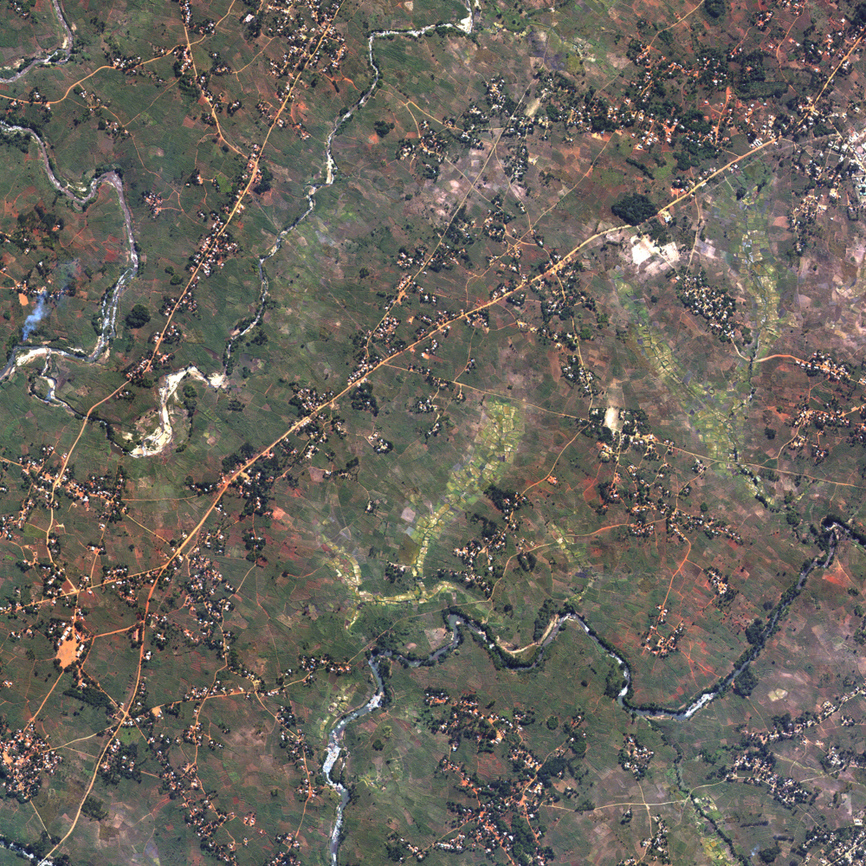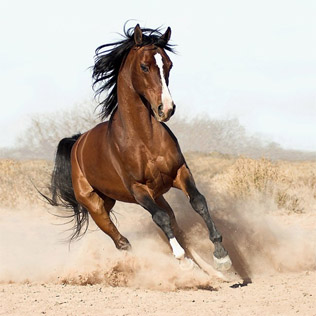
Have been throwing CC-licensed drone videos through Polycam’s implementation of Gaussian splatting.
With about 100 resized frames selected from this: https://commons.wikimedia.org/wiki/File:Mistail,_aerial_video.webm
It gives this: https://poly.cam/capture/1b6abb91-bf29-4a1b-9483-678f8749073d
@sgillies Oh no!
It works by offsetting texture lookups by more than the typical normal angle would for a standard texture mapping, using a heightmap for perturbation distance. It turns out I essentially invented a parallax shader from first principles, but inside-out.
I discovered this because I was trying to find a way to make a TBN (tangent, bitangent, normal) matrix entirely in a fragment shader, and it turns out that’s occasionally done by people who make parallax shaders.
@meetar Oh, you’ve heard of my ventriloquist act?
This is a fun client-side demo of what the current generation JPEG-replacing codecs can do. Some of them only really shine when you turn the effort slider up. If you spend what would have been an absurd amount of CPU cycles in 1992 on encoding, you can get acceptable quality at itty-bitty sizes. (Try the built-in sample images.) https://squoosh.app/editor
As a fan of many Canadians and things about Canada, I nonetheless recommend that people in the US who imagine it to be a magical place of ~*~civility~*~ and ~*~quiet common sense~*~ spend even a few seconds familiarizing themselves with how horrible its politics are. https://www.cbc.ca/news/canada/saskatchewan/judge-grants-injunction-school-pronoun-policy-1.6981406
@kingrat I don’t have any inside knowledge, but for what it’s worth, Richmond Kaiser had about 200 covid shots at their flu clinic this morning.
@markllobrera @aworkinglibrary Hoping this is useful to you: https://archiveofourown.org
@pnorman I wish I were surprised! And I wish we were 10 years further into this de-facto standardization proces, as we might have been. 95 and 84% are high, but not high enough to rebase everything, and that’s the story pretty much across the board.
@maxfenton I mean, I wouldn’t swear it’s not that. It’s essentially a VP8 keyframe, FWIW. (Like an avif is an AV1 keyframe +/- whatever minor details.)
(“JPEG is PERFECTLY FINE and only IGNORANT ASSHOLES want to mess with something that has worked ADMIRABLY FOR THIRTY-ONE YEARS and actually this is THE PROBLEM WITH SOFTWARE TODAY” is also a common point of view. It does not, in my limited experience, survive a thoughtful conversation with someone who pays bandwidth bills, cares about color reproduction, etc.)
I’ve been surprised by the number of people popping up with “I always hated webp, the format I can never open properly”. I’m not saying that’s wrong.
But like … wepb is BSD-licensed and, as a lossy image format in the abstract, pretty okay.
The problems are mostly industry silliness (e.g., Apple being halfhearted about it without presenting a better alternative) and the fact that the reference implementation is in The Language Whose Creators Regretted Giving It That Fundamental Security Flaw.
WebP has flaws as a format – don’t we all – but I think the commentary should be putting more blame on (1) the industry’s failure to standardize on (and rigorously reviews the implementations of) a single JPEG successor format, given the obvious hunger, and (2) the practice of implementing anything that reads nontrivial untrusted data in a programming language that is not memory-safe.
Une chronophotographie du 59e vol de l'hélicoptère martien #Ingenuity 🚁 qui permet de bien se rendre compte des différents paliers atteints : 5 en montée, 3 en descente, avec une altitude max (et record) de 20 m.
Crédit : NASA/JPL-Caltech/ASU/DejaSu #Mars #MarsHelicopter
- charlie@planet.parts
- work
- geographical pixels
- where
- Xučyun/Oakland, Ohlone land, western Laurentian accretions
- who
- him
You know him on the internet. Eucalypt-adjacent; very occasional writer. Consulting and passively looking for work in geospatial, image processing, and related fields.
